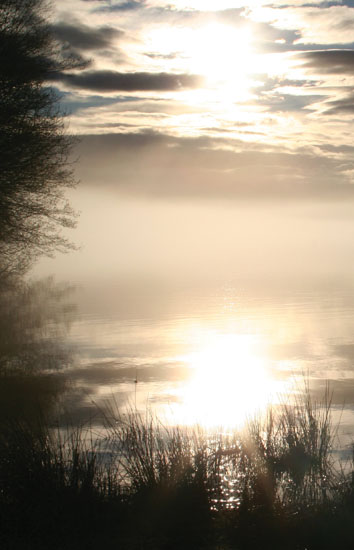
Making whisky was no longer a viable hobby for farmers, it was a business and good money could be earned by those that could produce a quality product. It is testament to McGlashan’s skills as a distiller that Edradour remained open for business when many were putting out the fires under their stills.
Following the initial rush of licence applications after 1823 the number of working distilleries in Scotland peaked and then started to decline from 1830 so that by 1853 the number had more than halved to just 143.
It was around 1853 that James Reid took over the Edradour distillery. It appears that McGlashan was still employed to run the distillery, as the Estate census shows him working there in 1867. Why McGlashan didn’t apply for the tenancy of the distillery is unclear, most probably he simply couldn’t afford it. With James Reid now the tenant and licence holder the trading name changed to James Reid and Company.
The distillery under McGlashan, certainly produced a fine whisky, so good that Arthur Bell chose John McGlashan’s highland malt for his famous Bell’s Whisky. In 1853 the Excise allowed the vatting of different aged whisky as long it was from the same distillery but in 1860 they allowed blending in bond of whiskies from different distilleries and from that time onwards sales of blended whisky have far outstripped that of single malt.
Bell was so fond of Edradrour that in 1933, Bell’s son, who was then running the company, would buy the Blair Atholl distillery in Pitlochry, just a few miles from Edradour.
In 1850 James Reid and his wife Catherine were already living in the parish of Moulin with their first child, Donald. Catherine died young shortly after the birth of their second child a few years later. With small children to bring up and a farm to run James didn’t hesitate to re-marry a young woman from a nearby village in 1854 and together they had two more children before James died in 1867 aged just 52 years.
The heavy burden of responsibility for the family, the farm and the distillery fell onto the shoulders of James’ son Donald who was just 17. By now the family had all moved to Logierait several miles down the road from Edradour and from here Donald managed 120 acres of arable farmland, which would have been the main source of income. To what extent he was involved with the day-to-day running of the distillery is unknown but we do know that he employed a total of 3 men and 2 women to help run the farm and distillery.
Records show that from 1874 to 1877 there were only three entries in the ‘Warehouse Stock Book’, and one more in 1884. This was at a time when many other distilleries were talking of a ‘whisky boom’.
The low output is probably the result of the distance that Donald was living from the distillery and the fact that his distillery manager’s health was in decline. McGlashan died in 1877, aged 66, but had been suffering from ill health for a number of years before his death. If family anecdotes are correct then it is possible that McGlashan’s death was drink related. According to Sheila Stewart, McGlashan’s great, great, great granddaughter, it has long been said in their family that ‘he was Edradour’s best customer’.
With his distillery manager gone and an extensive farm to run Donald Reid decided to get out of the whisky business and with the blessing of the Atholl Estate the running of the distillery transferred to a new tenant in 1885. John McIntosh was the son of one of the original founders and it was under the name, John McIntosh and Company, that Edradour really started to flourish.